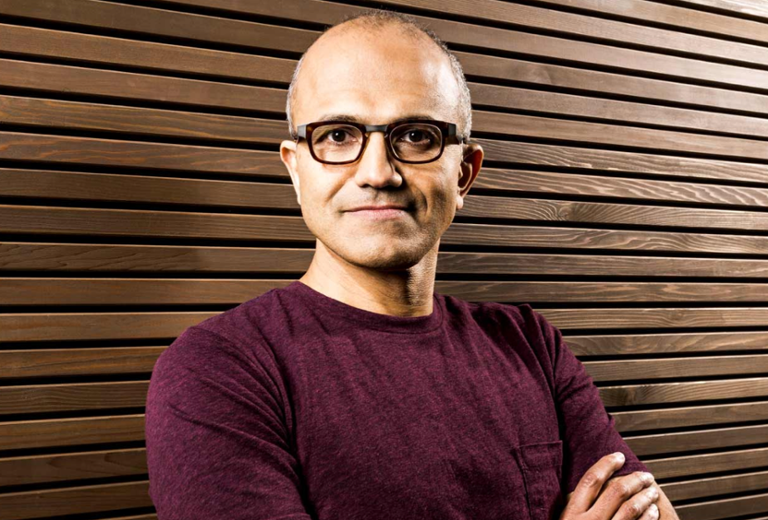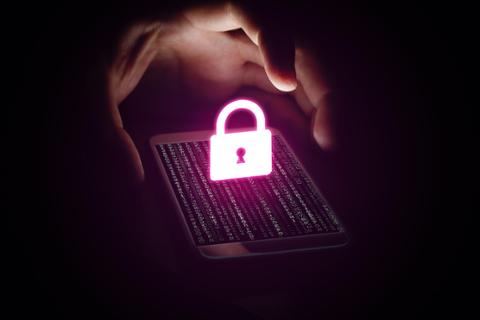Microsoft CEO Satya Nadella isn’t as big on remote work as some of his executive peers, according to a short interview with The New York Times.
Other large tech companies have wholeheartedly embraced the new paradigm of working from home. At Twitter, for example, CEO Jack Dorsey has said that remote work will become permanent for all but essential employees, even after COVID-19 fades away; at Google and Facebook, meanwhile, there are no plans to usher many employees back into the office before the beginning of 2021, at least.
Nadella, however, seems concerned that remote work robs employees of participating in a full-fledged community, and might have deep psychological consequences. “What does burnout look like?” He rhetorically asked the Times. “What does mental health look like? What does that connectivity and the community building look like? One of the things I feel is, hey, maybe we are burning some of the social capital we built up in this phase where we are all working remote. What’s the measure for that?”
Nadella also seems big on spontaneous get-togethers between employees: “What I miss is when you walk into a physical meeting, you are talking to the person that is next to you, you’re able to connect with them for the two minutes before and after.”
Back in the pre-COVID era, many tech companies designed office spaces in order to encourage random run-ins between employees; in theory, that would lead to increased communication and collaboration. Whether or not such cooperation actually happened is a big question, especially given many tech employees’ distrust of open-office concepts. In any case, it seems like Nadella was a fan of in-person interaction—and he seems unlikely to request that the bulk of Microsoft employees work from home even after the COVID crisis passes.
His point about the burnout and mental-health consequences of extended work-from-home, though, speaks to an issue impacting the entire tech industry at the moment as it figures out remote work policies. Dice’s ongoing COVID-19 Sentiment Survey has found that, although technologists are largely getting used to remote work, roughly one-third are dealing with a significantly increased workload, which in turn can quickly lead to burnout.
Fortunately, that means a majority of technologists have either experienced no increase in workload, or just a somewhat moderate increase. But workload isn’t the sole cause of burnout; fears over job security, and a perception of lack of control, were also prominent factors in a recent survey by Blind, which has been anonymously polling technologists about their responses to COVID-19.
The key to solid mental health during an extended work-from-home situation, in other words, hinges on constant monitoring of employee workloads—as well as solid communication and “temperature taking.” Build these check-ins into the schedule, if possible; sometimes, an employee may need to be proactive and reach out to their manager about setting these up.
For geographically dispersed employees working in multiple time-zones, an intense awareness of everyone’s schedule is also key; it’s very easy for a worker to end up working far too many hours in order to accommodate everyone’s wildly divergent schedules. If you’re a team leader or project manager, it’s important to establish when everyone is “open” and “closed for business”—and have the rest of the team stick to those timetables.
Visit our COVID-19 Resource Center, which aims to provide the tech community with the best, most up-to-date information on the novel coronavirus.



